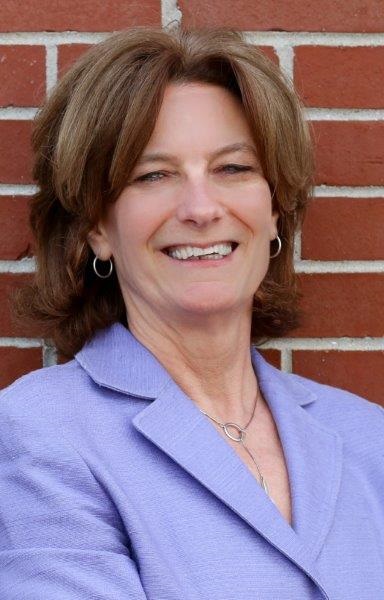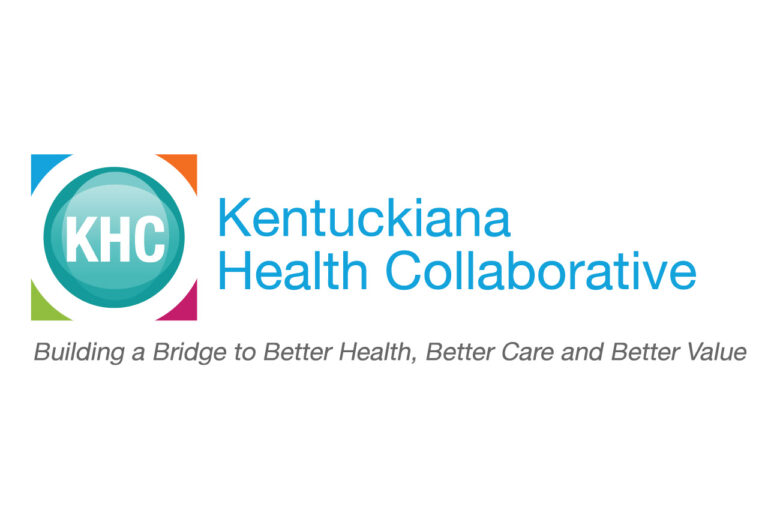
[Note: This column was written by Ellen Gagnon, who participated on a panel focusing on measurement at our Annual Conference. Ellen is the Executive Director, Healthcare Affordability for Network for Regional Healthcare Improvement (NRHI)]
Recently I had the privilege of participating on a panel, Finding Meaningful Measurement in the Mayhem, at the third annual Kentuckiana Health Collaborative conference. We agreed that the goal of measurement should be improving overall health outcomes. The challenge of measurement lies in navigating stakeholders’ interpretation of what is useful or actionable. After debating whether we need more or less measurement in order to improve health, we agreed that what gets measured usually garners attention. However, measurement in its current state is far from perfect. Different sources may publish varying results, which can cause confusion and the potential for results to be ignored. Often the burden of collecting and submitting data falls to healthcare providers, leaving less time to treat patients. And there are so many measures being tracked, without much alignment between organizations, that it can get overwhelming.
I was encouraged to hear that Humana had undertaken efforts to significantly reduce the number of measures they report and that they are focusing on those that can affect health outcomes. There are some examples of Regional Health Improvement Collaboratives (RHICs) across the country who have developed, or are working toward, a common measure set that can be used by multiple stakeholders in their community. For example, Integrated Healthcare Association, produces a common measure set using multi-payer data for the California Value Based Pay for Performance Program. These efforts are possible. However, they require strong leadership and trusted conveners to bring all the stakeholders to the table. Organizations like the Kentuckiana Health Collaborative are this type of trusted convener.
High healthcare delivery costs caused by overutilization of unnecessary services, misalignment of incentives
As a country, we continue to feel the effects of unaffordable healthcare and our current trajectory is unsustainable. Policymakers in Washington are mostly focused on healthcare insurance coverage, however the real crux of the issue is that the underlying costs of delivering healthcare are too high and often not understood, especially in the commercial market. Over-utilization of unnecessary services, lack of payment for services that improve health, and misalignment of incentives to keep people healthy plague our system. Many changes are needed to put us on a better course and without meaningful and actionable reporting, this is an impossible mission.
The good news is, like the examples mentioned above, progress around providing actionable healthcare cost information is being made. For the past three years, the Network for Regional Healthcare Improvement (NRHI) has been working with regions across the country to standardize the way they measure and report the total cost of care using the HealthPartners methodology endorsed by the National Quality Forum. NRHI’s Getting to Affordability Initiative recently released a report comparing aggregated, multi-payer commercial total cost of care across five regions of the country. The report highlights the variation that exists and identifies categories of expenses (inpatient, outpatient, professional services, pharmacy) and services where the cost is higher or lower, and distinguished whether the variation is driven by price, utilization or both. In several of these communities, this report has sparked dialog among stakeholders and provided the information for a more informed discussion about next steps.
In addition to the national benchmarking report, these regions also produce local attributed practice/medical group level comparison reports that physicians can use to better understand their performance on cost and resource utilization relative to other practices in their region. With this type of information, practices can identify opportunities for improvement. Community level reporting, which provides greater detail about the variation in overall commercial healthcare costs, can be a catalyst for the changes necessary to impact healthcare spending. As with all measures, there is no one metric that answers all questions or is actionable by every stakeholder, however this measure can be combined with other measures, sliced, diced and presented in a variety of ways to be used by healthcare providers for improvement, purchasers for designing value based benefit designs, health plans to understand the market more fully and consumers for making informed choices for high value healthcare.
Comprehensive strategy needed to address healthcare costs
Providing measurement information is just one piece of the necessary framework for reducing overall healthcare costs in a community. To develop a comprehensive strategy to address healthcare costs, neutral, trusted conveners are essential to success. RHICs are perfectly positioned to lead this work and rely on their long-standing relationships to effectively bring together representation from each stakeholder group and facilitate the discussion. RHICs can create a safe and constructive environment to discuss and debate fundamental issues, such as the sometimes competing goals of reducing overall healthcare costs and keeping current revenue streams intact. How do we ensure that the incentives for improvement and the merits of value-based care benefit the community and are utilized for funding of upstream services that address overall health, thereby lowering downstream healthcare spending? These discussions are intense and influence each stakeholder’s business model. The KHC, a neutral convener, is well suited to lead these conversations.
But just like with all measurement, you need access to high quality data to be able to effectively understand the problem and identify solutions. I was excited to learn about the energy and momentum that is occurring in Kentucky regarding the establishment of a health data trust. This is exactly the type of public utility required to produce meaningful measurement. You’re fortunate in this region that payers like Humana have made efforts already to report aligned measures and help pave the path. NRHI will be hosting a HealthDoers Peer-to-Peer event in Louisville at the end of April and will bring together technical data representatives with expertise in data quality assessment and improvement. I’m pleased to let you know that several of your local colleagues from Kentucky expressed interest and will be in attendance. It is this type of engagement that will help Kentucky move toward more meaningful measurement enabling a better understanding of underlying issues and pave the way for higher value, more affordable healthcare for your community.






